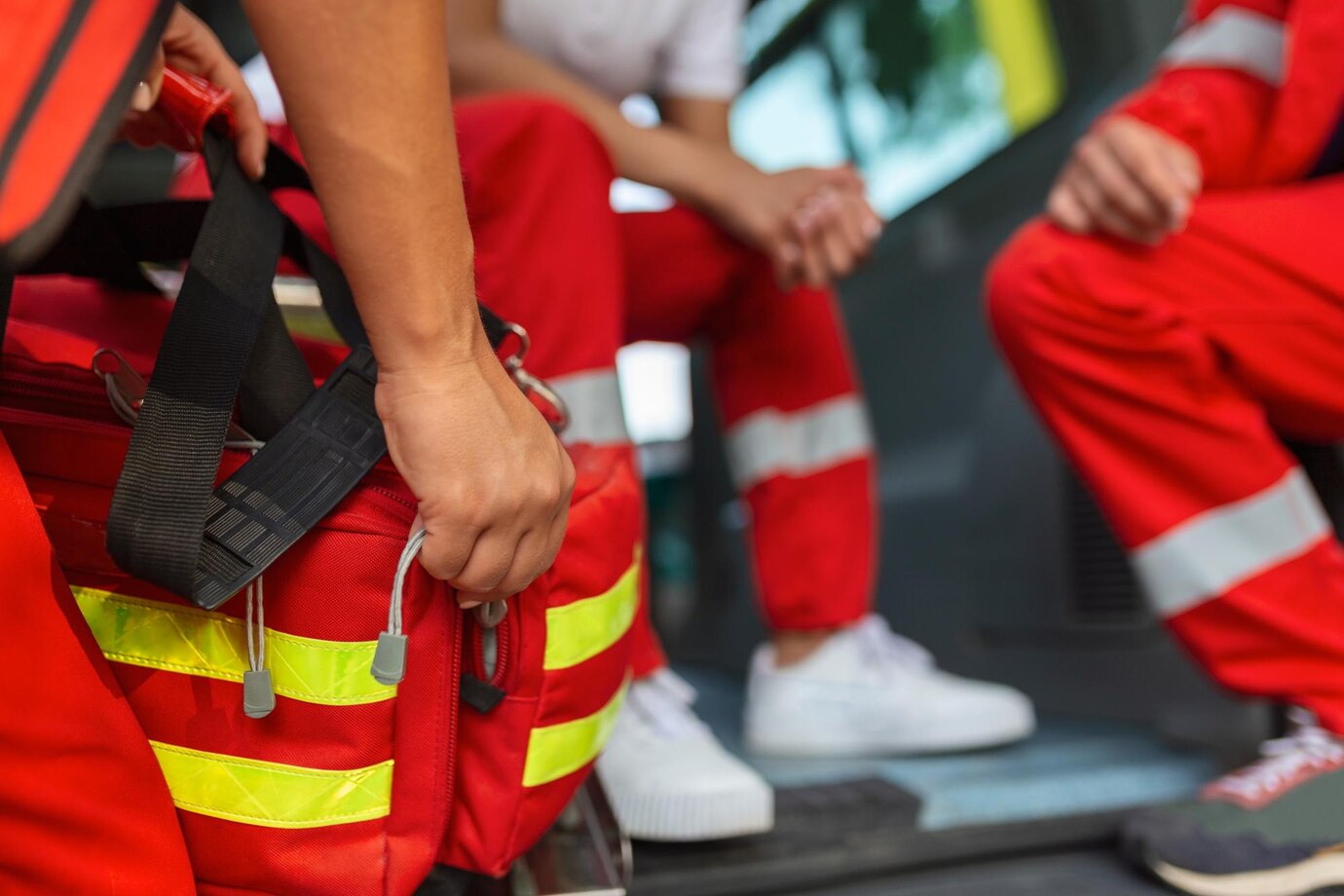
Emergencies can strike without warning, and it's essential to be prepared. Whether you're at home, at the office, or any other public space, knowing how to prepare for emergency evacuations can save lives and reduce panic during critical situations. In this blog, we’ll discuss important steps to ensure your emergency evacuation plan is effective and that everyone knows what to do in case of an emergency.
The first step in preparing for an emergency evacuation is creating a comprehensive evacuation plan. This plan should outline the steps to be followed during different types of emergencies, such as fires, natural disasters, or medical emergencies. It's essential to clearly define emergency exit routes, assembly points, and designated roles for employees, family members, or tenants.
An evacuation drill is the best way to ensure that everyone is familiar with the emergency evacuation procedures. Practice the emergency evacuation plan at regular intervals, so everyone knows what to do when the real situation arises. Make sure to conduct drills for various types of emergencies, including fire drills and lockdown drills.
Every building should have clearly marked emergency exit routes. These routes need to be accessible, and their locations should be communicated to all individuals. Make sure that exit signs are illuminated, and that they remain unobstructed at all times. Consider labeling emergency exits to make them easy to find, even in low visibility situations.
Once everyone has exited the building, it's essential to have a safe place for everyone to gather. Evacuation assembly points should be located away from the building, ensuring they are safe from potential hazards like falling debris or explosions. Everyone should know where to go to stay safe during an emergency evacuation.
For businesses, employee safety is a priority. Evacuation training is crucial for ensuring employees understand the importance of emergency evacuation planning. Proper training will allow them to act quickly and calmly in case of an emergency. Make sure employees know their designated roles, such as assisting people with disabilities or overseeing evacuation efforts.
It's vital to include evacuation planning for people with disabilities in your emergency preparedness strategy. Designate assistants who can help these individuals evacuate safely. Consider installing ramps, elevators, or other accessible features that will help in the evacuation process.
Another essential aspect of preparing for an evacuation is having the necessary tools and supplies. Emergency evacuation kits should include items such as flashlights, first-aid supplies, bottled water, and basic tools for survival. Make sure that these kits are easily accessible in all critical areas of your building.
Effective emergency communication can be the difference between chaos and calm. Make sure you have reliable communication tools in place, such as alarms, walkie-talkies, or messaging systems, to notify individuals about an emergency evacuation. Clear instructions and updates are crucial for ensuring a safe and organized evacuation process.
Emergency exit routes must remain clear and accessible at all times. Ensure there are no obstacles blocking exit doors or hallways, such as furniture or equipment. Evacuation procedures will be compromised if people are unable to navigate these routes due to obstructions.
Before finalizing your evacuation plan, conduct a security risk assessment. This will help you identify any potential vulnerabilities or safety hazards that could make evacuations more difficult. Consider factors like structural weaknesses, hazardous materials, or potential threats that could compromise the evacuation process.
Collaborating with local authorities, such as fire departments or emergency medical teams, is an important part of your emergency evacuation plan. These professionals can offer advice and assistance in preparing for evacuations, and they should be notified if an evacuation is happening to ensure timely support.
A good business continuity plan ensures that your organization can recover quickly after an emergency. It should cover everything from evacuations to ensuring that critical operations continue during and after an emergency. Business continuity also includes ensuring that employees and visitors know how to evacuate the premises efficiently.
Place clear evacuation procedures and guidelines in visible areas throughout the building. These guidelines should include step-by-step instructions on how to evacuate safely, including emergency exits, assembly points, and actions to take if trapped or injured.
Assigning specific roles to individuals is a great way to ensure your evacuation plan runs smoothly. This could involve designating certain employees to guide others to exits or assigning someone to keep track of attendance at the assembly point. Roles should be distributed according to capabilities, ensuring that all critical functions are covered.
Finally, it’s important to regularly review and update your emergency evacuation procedures. Changes to the building layout, staff, or security services may require updates to your plan. Stay in touch with security providers to ensure your plan reflects the latest safety protocols and industry standards.
How to prepare for emergency evacuations is crucial for ensuring the safety of everyone involved. By creating a comprehensive evacuation plan, practicing drills, and addressing all aspects of emergency preparedness, you can ensure a smooth and organized response during any emergency. By focusing on critical factors such as business continuity, emergency preparedness, and evacuation training, you can create a secure environment for everyone.
If you haven't yet implemented an evacuation plan, it's never too late to start. Keep your employees, visitors, and family members safe by staying proactive and vigilant in your emergency evacuation preparedness.
@2025 Private Eye Security Services, All Rights Reserved. Developed by Starsite